Optimal Timing for Drywall Service
Understanding the optimal time for drywall service ensures quality results and minimizes disruptions. The best timing depends on various factors, including climate conditions, project scope, and interior readiness.
Spring and fall are typically favorable due to moderate temperatures and humidity levels, reducing the risk of drywall warping or cracking.
Drywall work is best performed during periods without excessive humidity or extreme temperatures to prevent moisture issues and ensure proper drying.
Scheduling drywall service after framing and prior to painting can streamline the renovation process and avoid rework.
Timing should align with interior space readiness, such as completion of electrical and plumbing rough-ins, to facilitate seamless installation.
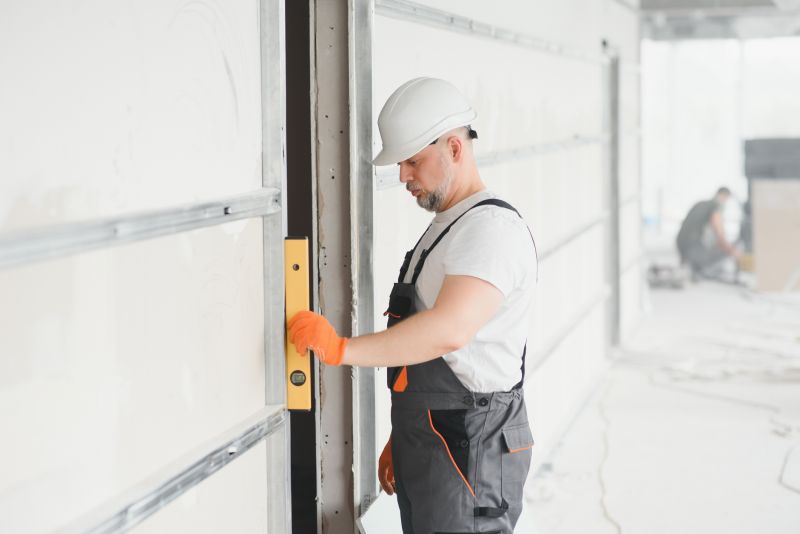
Professional drywall installation process in a well-prepared space.
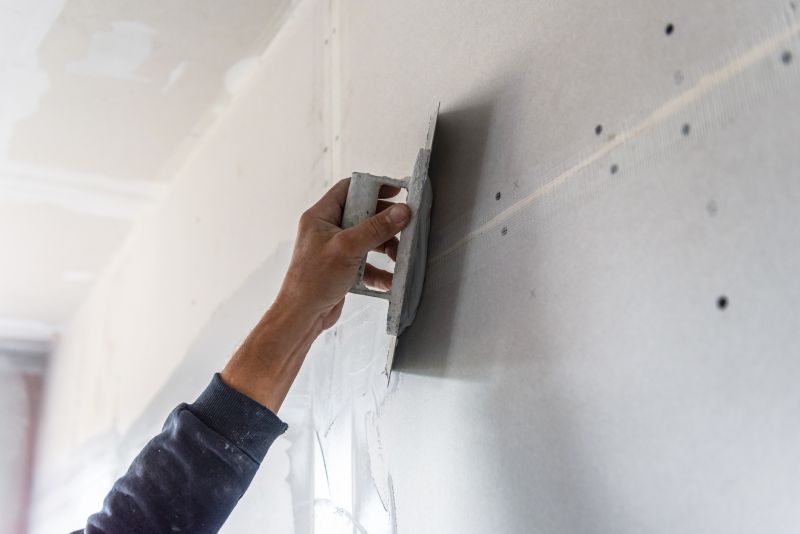
Smooth drywall surface ready for finishing work.
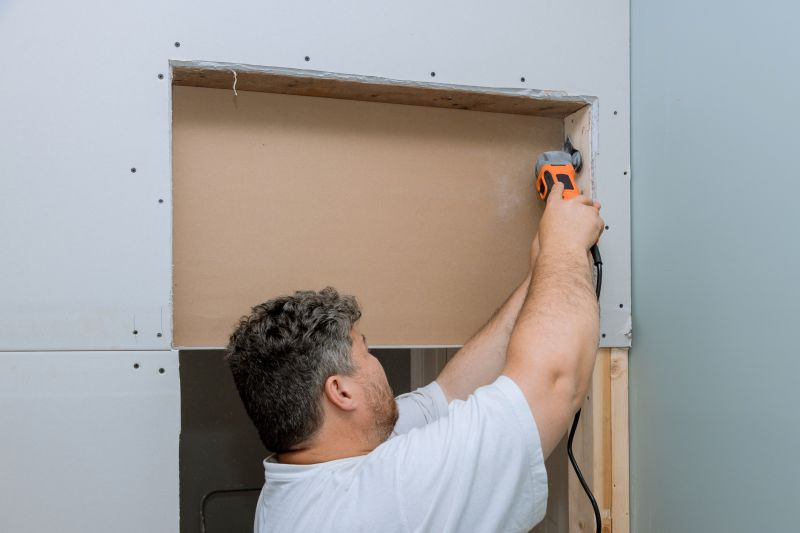
Essential tools used in drywall installation and finishing.
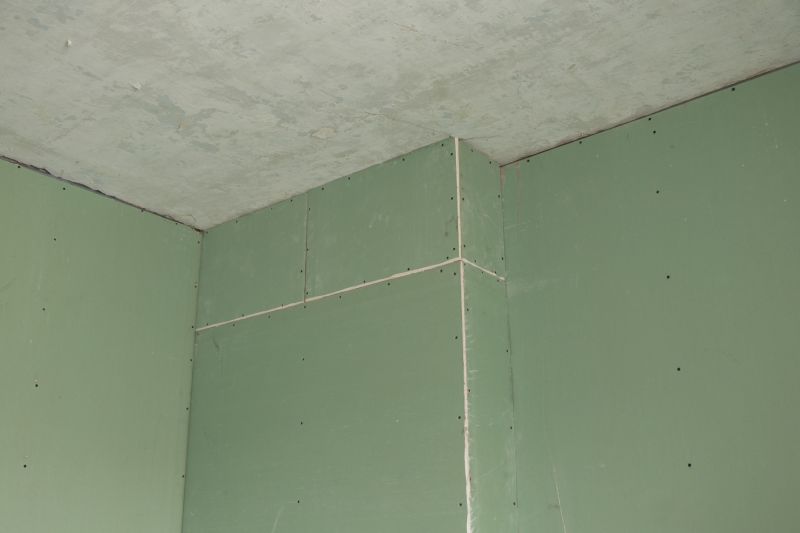
Ways to make Drywall Service work in tight or awkward layouts.
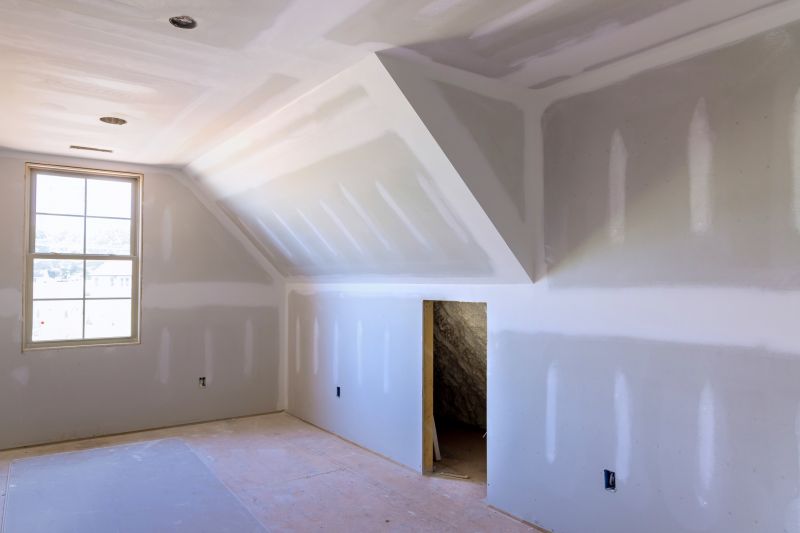
Popular materials for Drywall Service and why they hold up over time.
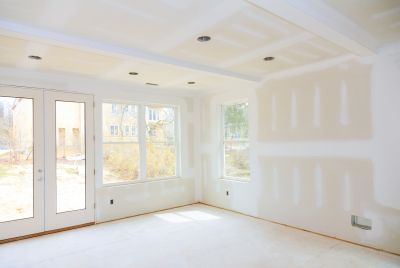
Simple add-ons that improve Drywall Service without blowing the budget.
| Season or Condition | Recommended Timing |
|---|---|
| Spring | Ideal for moderate temperatures and humidity |
| Fall | Suitable for stable weather conditions |
| Post-Construction | After framing and before painting |
| Interior Readiness | Once electrical and plumbing are completed |
| Dry Weather Periods | Avoid during rainy or humid days |
Drywall service involves the installation, finishing, and repair of drywall panels to create smooth interior walls and ceilings. Proper timing can prevent issues like cracking, warping, and moisture damage. According to industry statistics, quality drywall installation can significantly enhance the durability and appearance of interior spaces, with proper timing reducing rework and maintenance costs.
Scheduling drywall work during optimal weather and interior conditions ensures efficient completion and high-quality results. It also minimizes delays caused by environmental factors, leading to a more streamlined project timeline.
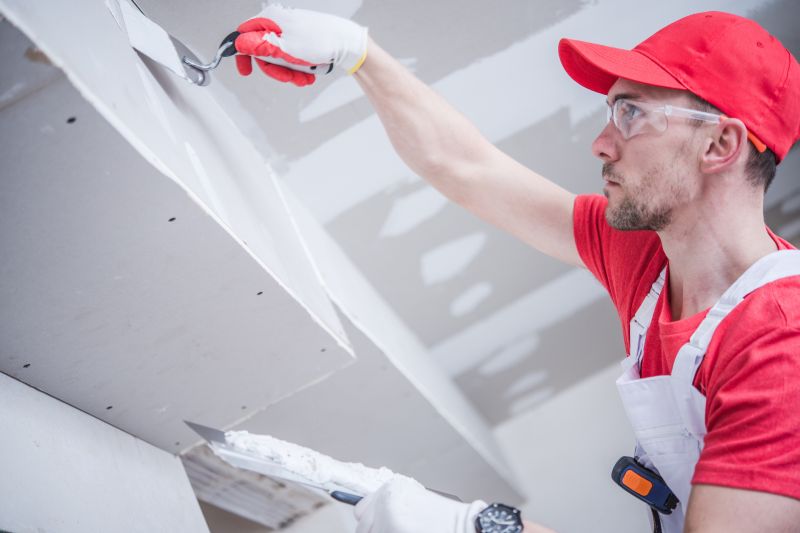
Applying joint compound and sanding for a smooth surface.
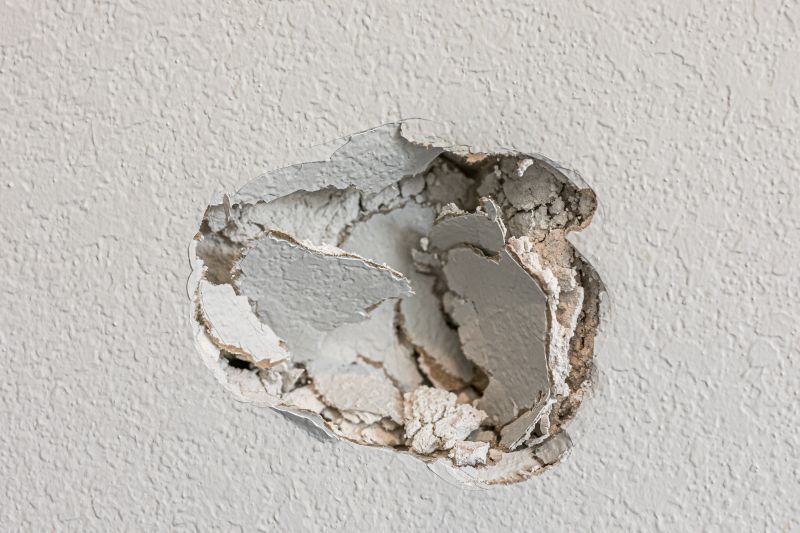
Fixing cracks and holes to restore wall integrity.
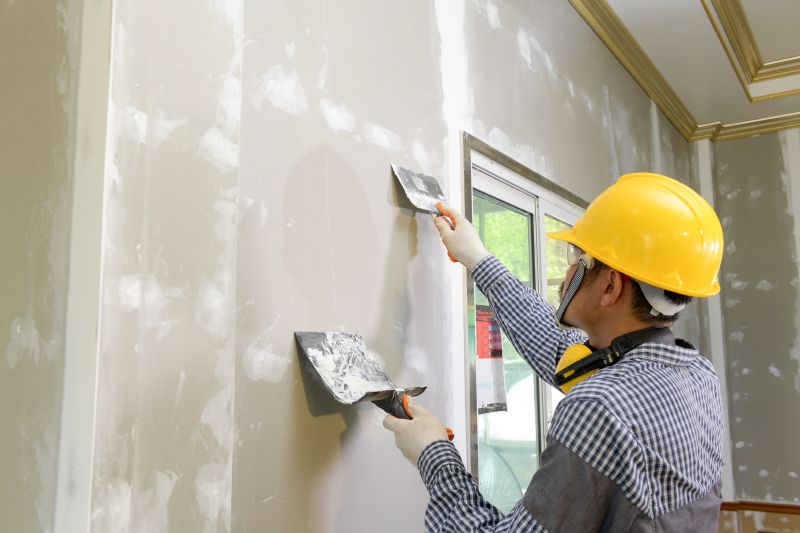
Tools essential for drywall installation and finishing.
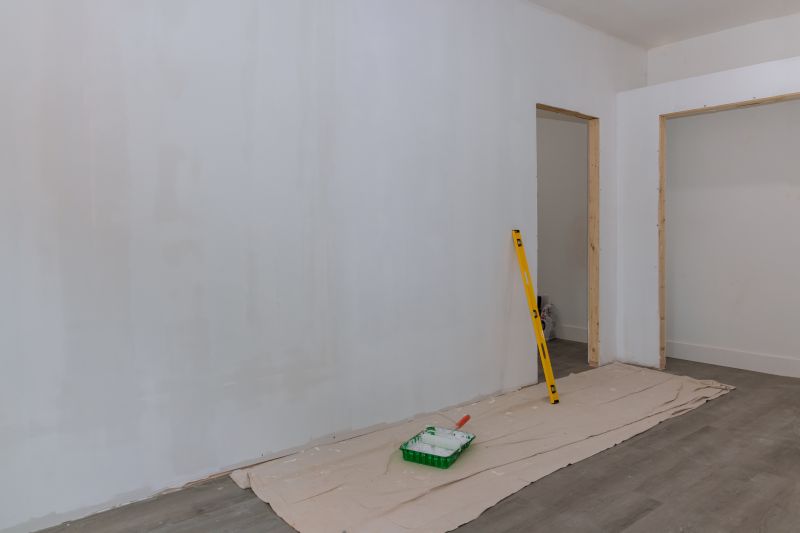
Preparing walls for painting after drywall installation.
Interested in scheduling drywall service? Filling out the contact form provides an opportunity to discuss project details and determine the best timing for specific needs in Acworth, GA.
